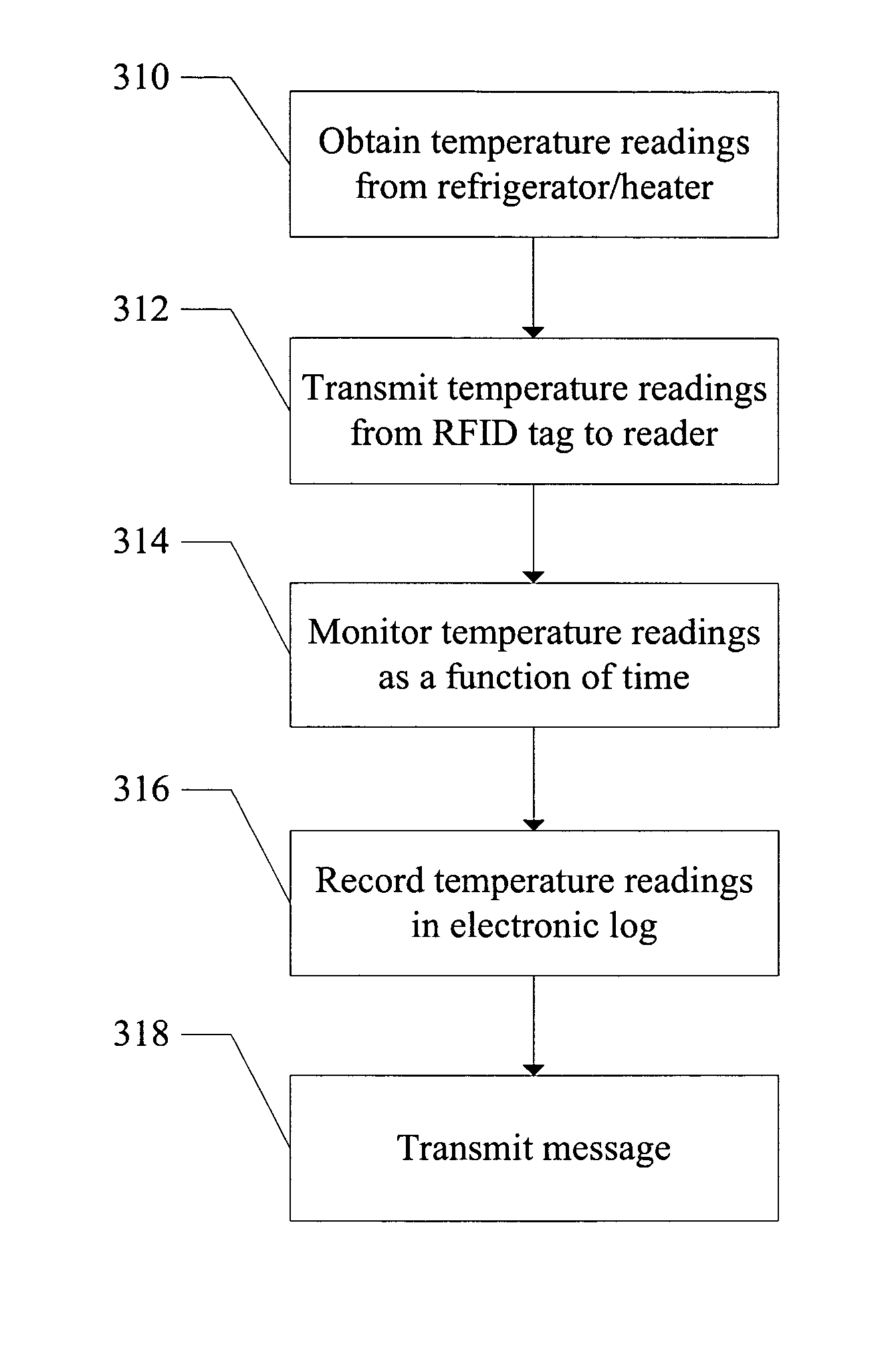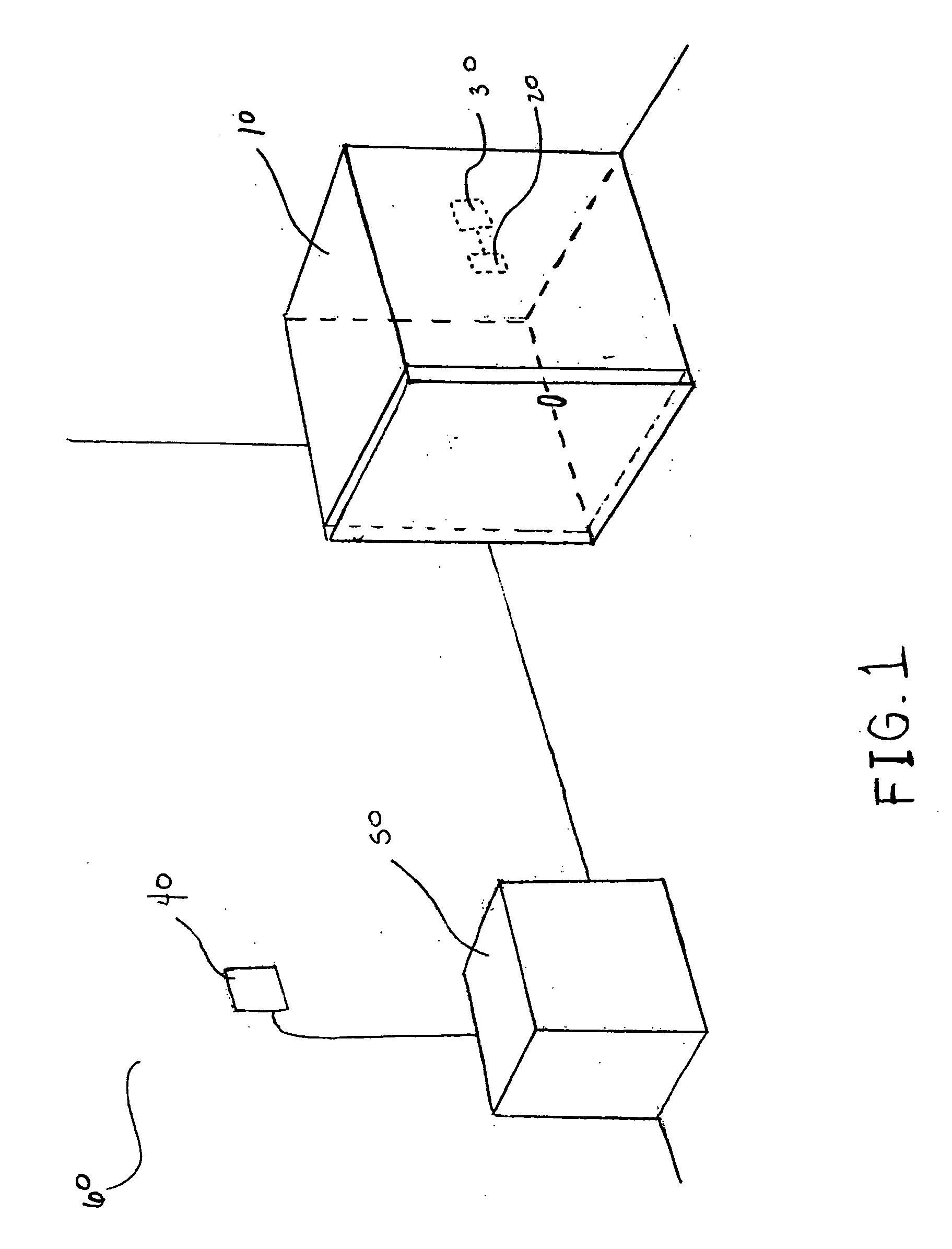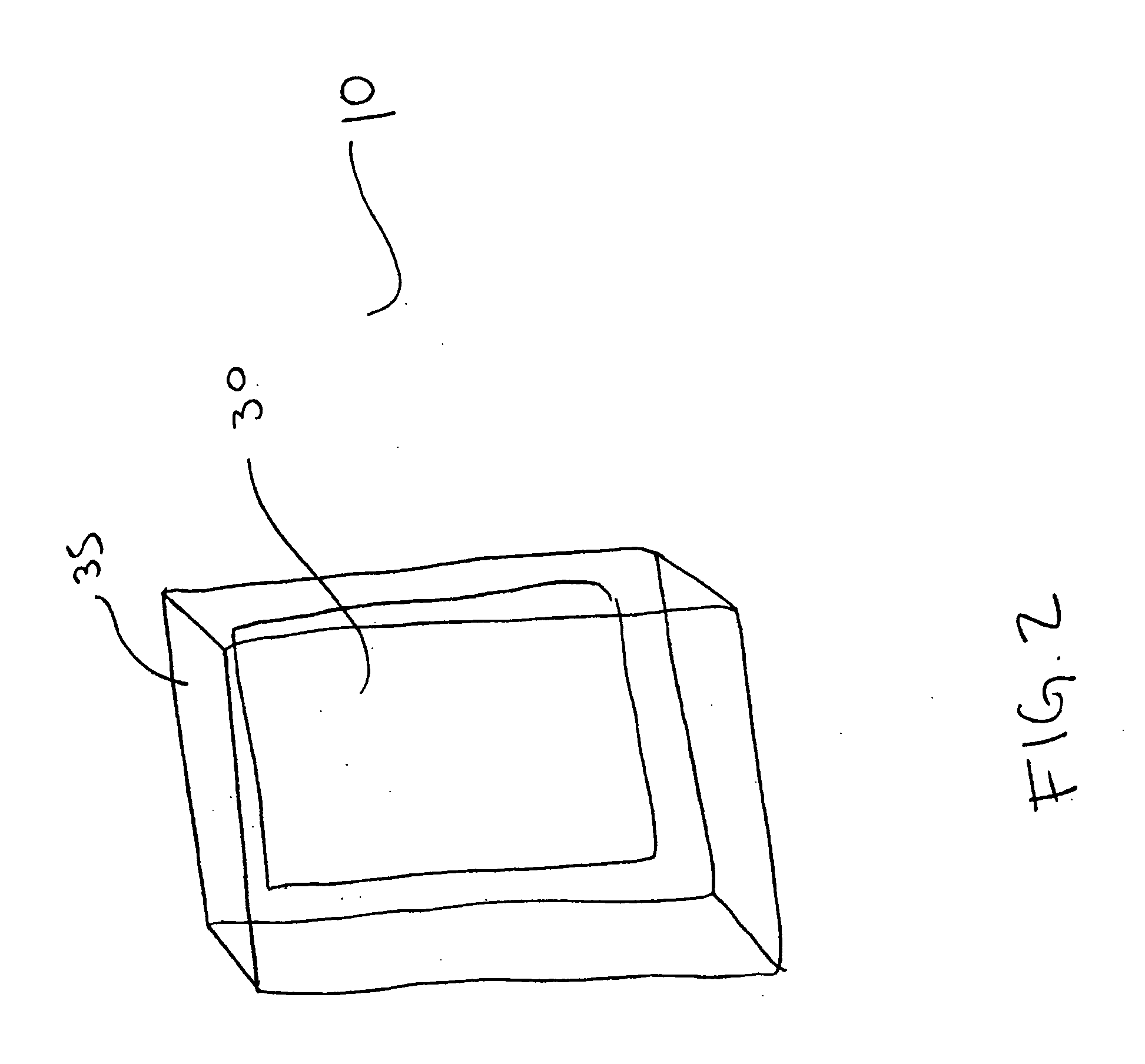Monitoring people, objects, and information using radio frequency identification
a radio frequency identification and object technology, applied in the field of radio frequency identification (rfid) techniques, can solve the problems of reducing the accuracy of medical records, affecting the safety of patients, and consuming a lot of time, so as to reduce medical errors and reduce medical errors
- Summary
- Abstract
- Description
- Claims
- Application Information
AI Technical Summary
Benefits of technology
Problems solved by technology
Method used
Image
Examples
examples
[0085] The techniques disclosed here allow one to implement a number of useful systems. Additional examples (some of which overlap with systems described above) include, but are not limited to: [0086] (a) inventory tracking and theft control for patient belongings (examples include dentures, jewelry, cash); [0087] (b) security mapping of patient with family with care team to facility location; [0088] (c) productivity measurement of health care professionals; [0089] (d) passive surveillance of hospital equipment and supply; [0090] (e) real time reading and historical mapping of hospital equipment movement; [0091] (f) patient identification and electronic medical record data points within a tamperproof armband device that interfaces with clinical systems; [0092] (g) patient identification and location tracking within a tamperproof armband device the triggers security systems when at / beyond set parameters; [0093] (h) hospital visitor security tags that assign visitors to authorized loc...
PUM
 Login to View More
Login to View More Abstract
Description
Claims
Application Information
 Login to View More
Login to View More - R&D
- Intellectual Property
- Life Sciences
- Materials
- Tech Scout
- Unparalleled Data Quality
- Higher Quality Content
- 60% Fewer Hallucinations
Browse by: Latest US Patents, China's latest patents, Technical Efficacy Thesaurus, Application Domain, Technology Topic, Popular Technical Reports.
© 2025 PatSnap. All rights reserved.Legal|Privacy policy|Modern Slavery Act Transparency Statement|Sitemap|About US| Contact US: help@patsnap.com



